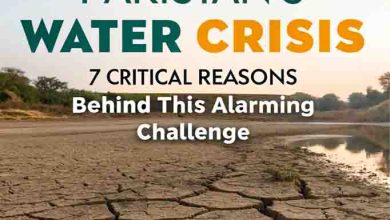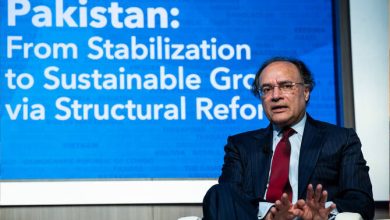Ahsan Iqbal vows to long-term climate resilience, adaptation measures
Minister for Planning and Development Ahsan Iqbal says despite facing severe climate disasters last year that caused damage of billions of rupees in Pakistan, the government is committed to long-term resilience and adaptation.
He was addressing the 10th Asia-Pacific Forum on Sustainable Development-2023 in Bangkok.
The four-day meeting is being held under the theme “Accelerating the recovery from the Coronavirus disease and the full implementation of the 2030 Agenda for Sustainable Development at all levels in Asia and the Pacific”.
The Planning Minister said Pakistan has less than one percent contribution to the total global greenhouse emissions, but it is among the leading countries most vulnerable to the impacts of climate change.
He also highlighted the key situations affecting Pakistan’s economic condition, including Covid-19, inflation due to Ukraine-Russia conflict and severe climate disasters that caused a loss of 30 billion dollars.







